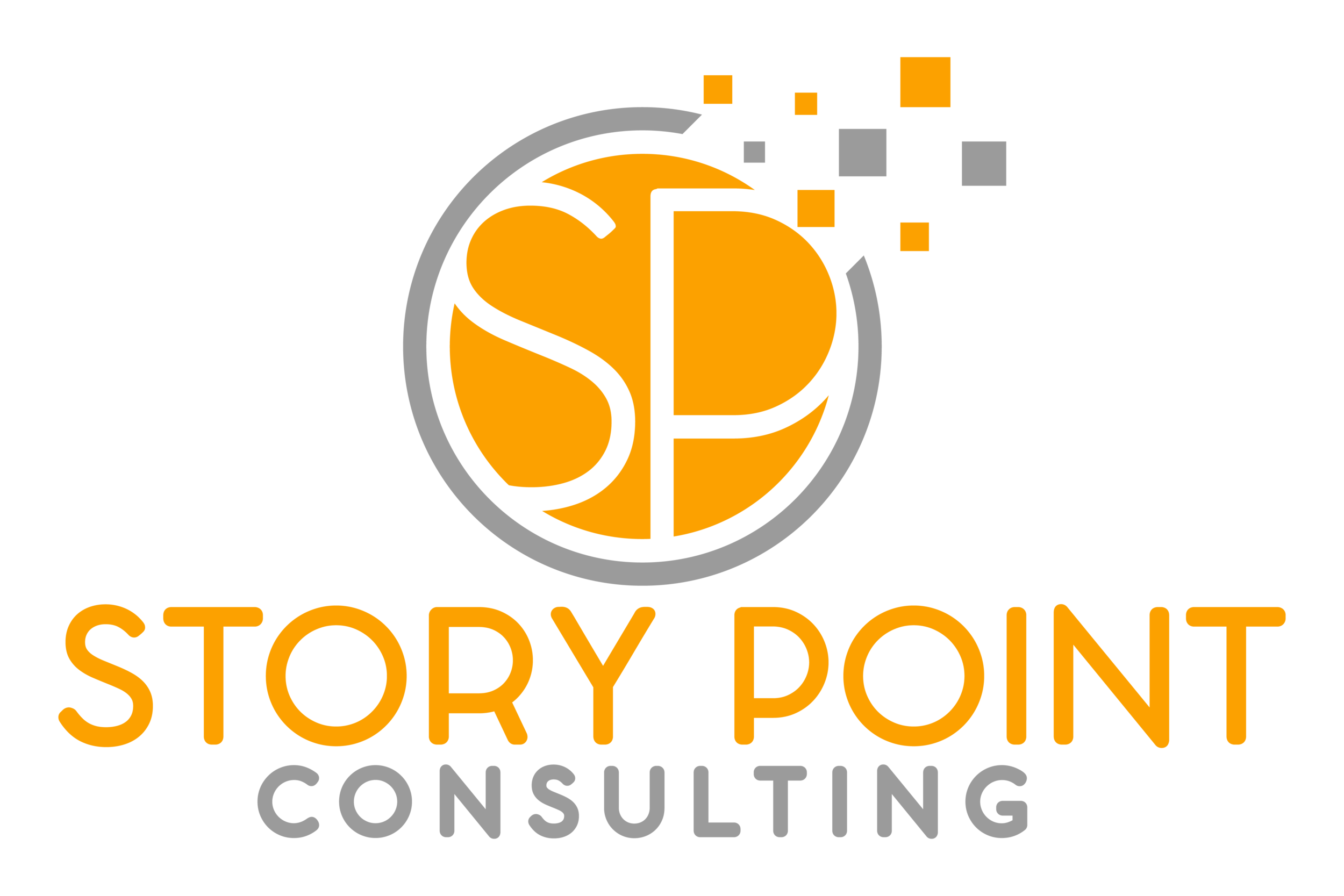5 Reasons Your Funding Model is Not Working
Importance of a sustainable funding model
A funding model is how an organization raises money for their initiatives. And it is incredibly important that charities and nonprofits have a strong funding model so they can deliver their important programs and services, and serve their communities. However, many small organizations face significant challenges with their current funding model.
Common challenges for charities and nonprofits
One challenge is limited resources. Many small organizations have only one or a few paid staff. Furthermore, much of the fundraising for the organization “happens off the side of their desk,” and there is no staff member that is dedicated to fundraising. Or, the organization may have a strong team made up entirely of volunteers. For many charities and nonprofits, having a small team is the norm, however this can limit an organization to pursue diverse funding opportunities.
Another challenge is that organizations frequently concentrate on short-term fundraising efforts, such as one-time donations, to address immediate funding needs. This short-term focus can create a cycle of constant fundraising, preventing the development of sustainable revenue streams.
Economic vulnerability is another concern. Economic downturns or changes in donor priorities can significantly impact organizations, as they often lack the financial reserves to weather such fluctuations. During economic downturns, donors may reduce their contributions or shift their focus to other pressing needs, leaving nonprofits with reduced funding.
And finally, with thousands of organizations across Canada, the competition for funds is intense, especially among smaller organizations that may not have the same visibility or connections as larger organizations. This competition can make it difficult for small teams to secure the necessary funding.
Why your funding model might be failing
Addressing these challenges often requires strategic planning, diversifying funding sources, and building stronger relationships with donors and the community. And by exploring these areas in depth, you may uncover the reasons behind the shortcomings of your current funding model, and learn how to effectively address them.
Over-reliance on grants. Grants are an important source of revenue for many charities and nonprofits. And for many small organizations, it may make up a significant portion of their annual fundraising revenue. However, grantmakers can receive a large number of requests which makes grant writing a competitive process. Furthermore, project-based funding often comes with restrictions that limits how an organization can use the funding. Even though grants can be incredibly beneficial, policies or funding priorities may change and if your organization relies solely on grants, it may not be sustainable into the future.
Lack of diversified funding streams. Even if your organization does not rely solely on grants, it is crucial to have multiple streams of revenue. When an organization depends on a single source of funding, it faces significant risks. An organization with limited funding sources is vulnerable to funding cuts, changes in donor priorities, or unforeseen external circumstances. For example, an organization that relies solely on one annual event for its revenue is at risk if that event is canceled due to external factors. A lack of diverse revenue streams can spell trouble for an organization, making it essential to develop a varied fundraising plan to ensure long-term sustainability and resilience.
Lack of communication with donors. It is important to keep your supporters informed about the impact of their gifts and how they are benefiting the community you serve. Regular communication with donors not only strengthens their connection to your cause but also highlights the difference their support makes. Without consistent communication, donor retention can decline, leading to lapsed donors who may stop their contributions altogether. This results in an ongoing search for new donors, which is both time-consuming and potentially costly in the long run.
Not planning for the long-term. Often, organizations prioritize immediate needs over long-term sustainability, especially when urgent funding is required for programs and services. This can result in a lack of a stewardship plan to cultivate long-term relationships with donors, instead focusing on securing one-time donations without a strategy for future engagement. This short-term approach provides a temporary solution, but fails to foster sustainable growth for the future.
Unprepared for economic fluctuations. As with anything, the economy is cyclical. Sometimes the economy is thriving, while at other times, economic pressures and inflation force organizations to maximize their resources. Increased operational costs and the challenges of meeting rising demand for services can put incredible pressure on an organization, especially one that has not built financial resilience through careful budgeting and planning. During economic downturns, nonprofits that lack a financial strategy may struggle to sustain their operations and continue serving their communities effectively. Therefore, it is crucial for organizations to anticipate economic fluctuations and develop comprehensive financial plans to ensure long-term stability and resilience.
Tackling issues such as over-reliance on grants, lack of diverse funding streams, insufficient communication with donors, inadequate long-term planning, and unpreparedness for economic changes is crucial for ensuring your nonprofit’s long-term sustainability and impact. By developing a diversified funding strategy, nonprofits can better navigate financial uncertainties and continue to fulfill their missions.




